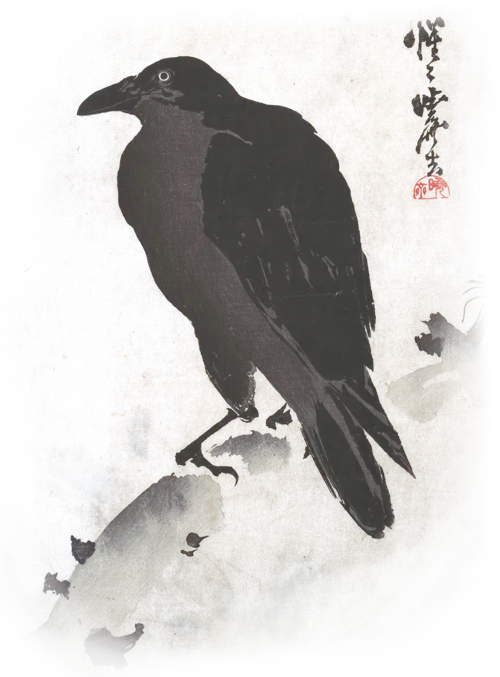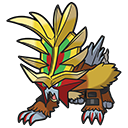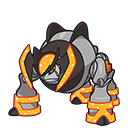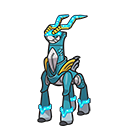tl;dr
Here, I answer a question from a friend of mine:
Which non-legendary Gen 1 Pokémon has no alternate forms or evolutions?
I answered it by downloading the PokéAPI source and building the SQLite database that backs it. I also use it to answer the question for all the other gens as well (mainline games only).
Note: When this article was published, the latest generation was Gen 9 (Scarlet/Violet).
Assumptions
- Non-legendary means non-legendary and non-mythical.
- Mew is technically mythical, but non-legendary, but we are excluding him anyway.
- No evolutions means no pre-evolutions either. Basically, the entire evolution chain must consist of entirely one Pokémon.
- No alternate forms means no permanent or temporary forms. If it appears in the “Form data” section of the Pokémon’s Bulbapedia page, it’s out.
- Permanent forms: Spiky-eared Pichu, Sinnoh Cap Pikachu
- Temporary forms: Gigantamax/Mega Charizard
- Shiny versions of Pokémon do not count, otherwise we would eliminate most obtainable Pokémon. Shinies are also not listed in the “Form data” section in Bulbapedia.
- Paradox Pokémon also do not count, as they are neither evolutions nor forms of their present-timeline counterparts.
- For instance, Delibird can never evolve into or out of Iron Bundle, and Iron Bundle is not a form of Delibird because it has a different Pokédex number and therefore a separate Pokémon.
The Pokémon
Generation 1
Generation 2
Generation 3
Generation 4
Generation 5
Generation 6
Generation 7
Generation 8
Generation 9
Try it yourself
You could try to generate this data using a series of API calls to PokéAPI, but I didn’t want to spam their servers with lots of requests. I decided to download the source code, which includes the data it’s backed by, and build the SQLite database. It’s actually pretty simple.
Assuming you have make, SQLite, and Python >= 3.10 installed locally, all you need to do after cloning the repo with --recurse-submodules is run:
make install && make setup && make build-db
It might take a few minutes to build the database, but after that, db.sqlite3 should appear in the repo’s root containing all the data.
SQL query
The SQL query I wrote to answer the question is as follows:
SELECT species.name, generation.id AS generation FROM pokemon_v2_evolutionchain evochain
JOIN pokemon_v2_pokemonspecies species ON species.evolution_chain_id = evochain.id
JOIN pokemon_v2_pokemon pokemon ON pokemon.pokemon_species_id = species.id
JOIN pokemon_v2_pokemonform form ON pokemon.id = form.pokemon_id
JOIN pokemon_v2_versiongroup vergroup ON form.version_group_id = vergroup.id
JOIN pokemon_v2_generation generation ON vergroup.generation_id = generation.id
WHERE species.is_legendary = FALSE
AND species.is_mythical = FALSE
GROUP BY evochain.id
HAVING COUNT(DISTINCT form.id) = 1
ORDER BY MIN(species.id)

 Ditto
Ditto
 Shuckle
Shuckle
 Delibird
Delibird
 Skarmory
Skarmory
 Smeargle
Smeargle
 Miltank
Miltank
 Plusle
Plusle
 Minun
Minun
 Volbeat
Volbeat
 Illumise
Illumise
 Torkoal
Torkoal
 Spinda
Spinda
 Zangoose
Zangoose
 Seviper
Seviper
 Lunatone
Lunatone
 Solrock
Solrock
 Kecleon
Kecleon
 Tropius
Tropius
 Relicanth
Relicanth
 Luvdisc
Luvdisc
 Pachirisu
Pachirisu
 Chatot
Chatot
 Spiritomb
Spiritomb
 Carnivine
Carnivine
 Throh
Throh
 Sawk
Sawk
 Maractus
Maractus
 Sigilyph
Sigilyph
 Emolga
Emolga
 Alomomola
Alomomola
 Cryogonal
Cryogonal
 Druddigon
Druddigon
 Bouffalant
Bouffalant
 Heatmor
Heatmor
 Durant
Durant
 Hawlucha
Hawlucha
 Dedenne
Dedenne
 Carbink
Carbink
 Klefki
Klefki
 Comfey
Comfey
 Oranguru
Oranguru
 Passimian
Passimian
 Pyukumuku
Pyukumuku
 Type: Null
Type: Null
 Komala
Komala
 Turtonator
Turtonator
 Bruxish
Bruxish
 Drampa
Drampa
 Dhelmise
Dhelmise
 Nihilego
Nihilego
 Buzzwole
Buzzwole
 Pheromosa
Pheromosa
 Xurkitree
Xurkitree
 Celesteela
Celesteela
 Kartana
Kartana
 Guzzlord
Guzzlord
 Stakataka
Stakataka
 Blacephalon
Blacephalon
 Falinks
Falinks
 Pincurchin
Pincurchin
 Stonjourner
Stonjourner
 Dracozolt
Dracozolt
 Arctozolt
Arctozolt
 Dracovish
Dracovish
 Arctovish
Arctovish
 Klawf
Klawf
 Bombirdier
Bombirdier
 Cyclizar
Cyclizar
 Orthworm
Orthworm
 Flamigo
Flamigo
 Veluza
Veluza
 Dondozo
Dondozo
 Great Tusk
Great Tusk
 Scream Tail
Scream Tail
 Brute Bonnet
Brute Bonnet
 Flutter Mane
Flutter Mane
 Slither Wing
Slither Wing
 Sandy Shocks
Sandy Shocks
 Iron Treads
Iron Treads
 Iron Bundle
Iron Bundle
 Iron Hands
Iron Hands
 Iron Jugulis
Iron Jugulis
 Iron Moth
Iron Moth
 Iron Thorns
Iron Thorns
 Roaring Moon
Roaring Moon
 Iron Valiant
Iron Valiant
 Walking Wake
Walking Wake
 Iron Leaves
Iron Leaves
 Gouging Fire
Gouging Fire
 Raging Bolt
Raging Bolt
 Iron Boulder
Iron Boulder
 Iron Crown
Iron Crown